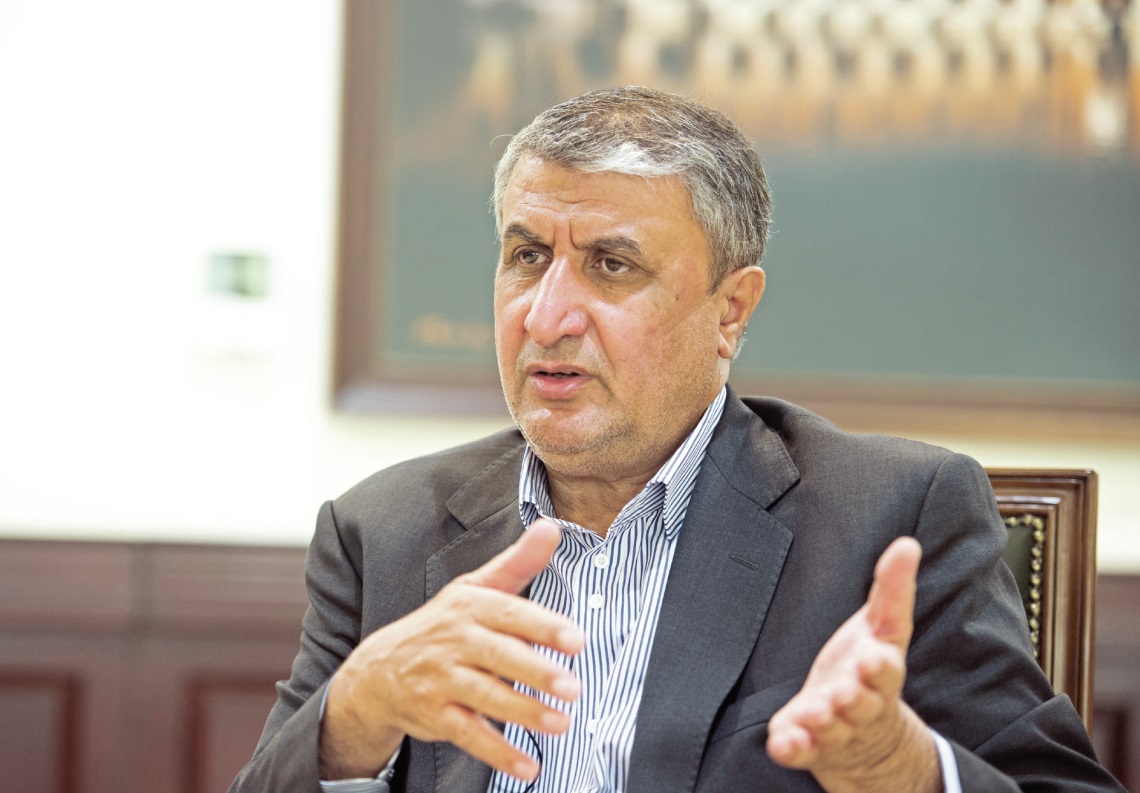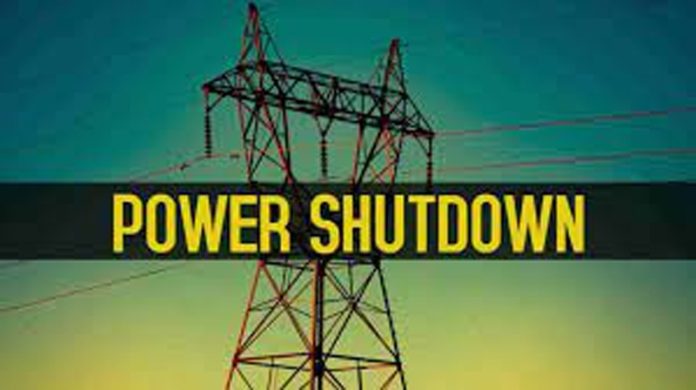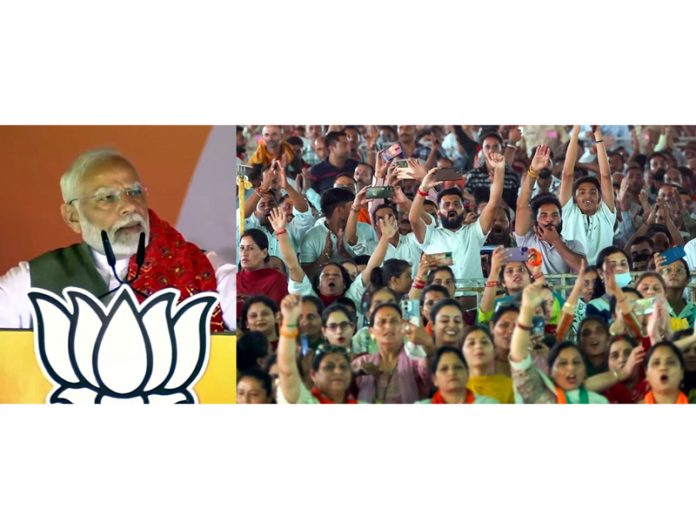
The JointComprehensive Plan of Action (JCPOA) on Iran's nuclear programcannot be implemented solely under the responsibility of oneparticipant, Iran's Vice President Mohammad Eslami said at the 68thconference of the International Atomic Energy Agency (IAEA) held inVienna on 16 September, reports. According to him, Iran's sanctions could be lifted in exchangefor Iran's voluntary actions under the Comprehensive Joint ActionPlan. At present, Iran is compelled to execute the provisions ofthe Comprehensive Joint Action Plan without considering theobligations associated with the elimination of sanctions.
Eslami stated that the IAEA's monitoring of Iran's non-uraniumproduction and nuclear activities is only envisioned under theComprehensive Joint Action Plan. “As a result of the US withdrawal from the Comprehensive JointAction Plan and the failure of three European countries to fulfilltheir commitments, Iran has suspended steps beyond the safeguardsagreement following provisions 26 and 36 of the plan and theIranian parliament's strategic plan of steps,” he noted. Eslami emphasized that Iran continues its transparent andextensive cooperation with the International Atomic Energy Agency.

The number of the agency's inspectors in Iran cannot be equaled byany other country. While the number of nuclear facilities in Iranis only three percent of all nuclear facilities in the world,one-fifth of the agency's inspections in 2023 were conducted inIran. Meanwhile, in January 2016, Iran and the P5+1 group (the US,Russia, China, the UK, France, and Germany) implemented theComprehensive Joint Plan of Action concerning Iran’s nuclearprogram.
To recall, back in May 2018, the US pulled the plug on the dealand brought the hammer down with renewed sanctions on Iran. By the end of 2020, the Iranian parliament decided to pursue astrategic plan in the nuclear sector to counter the sanctions,leading to a suspension of additional steps and the AdditionalProtocol as per the nuclear agreement. Consequently, the International Atomic Energy Agency (IAEA)faced a reduction in monitoring capabilities by 20–30 percent.
.










